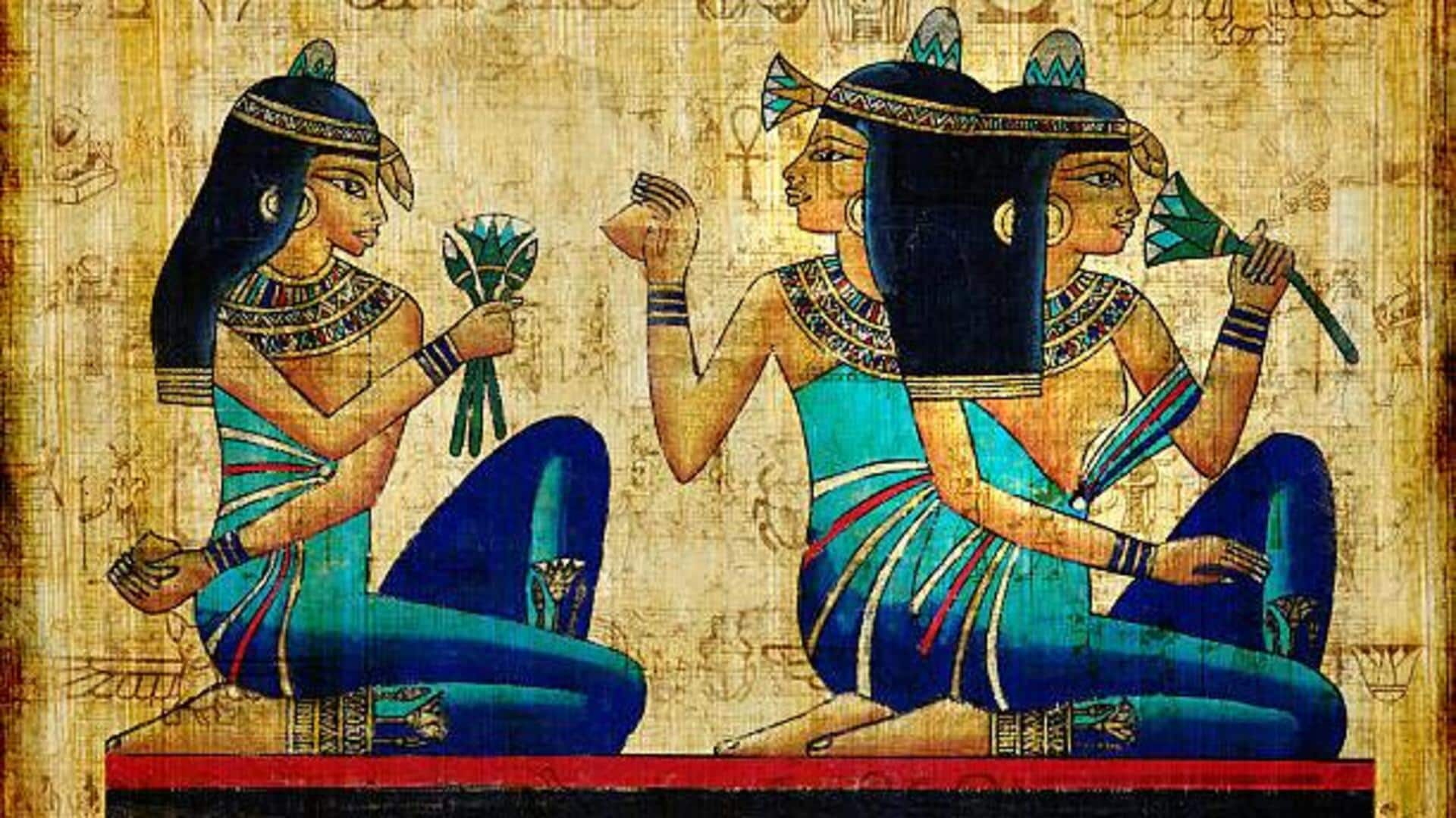
This African artistry is timeless
What's the story
African papyrus artistry, originating in Egypt and extending throughout the continent, entails the crafting of paper from the papyrus plant for artistic expression.
This ancient tradition, dating back thousands of years, continues to be a significant cultural and economic practice in the present day.
It serves as a testament to the enduring legacy and ingenuity of African craftspeople.
History
Historical significance of papyrus
The tradition of using papyrus as a writing material originated in ancient Egypt approximately 4,000 years ago. It held significant importance for transcribing religious texts, literature, and legal documents.
This early innovation underscores Africa's pioneering role in the evolution of writing materials and systems.
This art form radiated across the continent, becoming woven into the fabric of many cultures' artistic expressions.
Modern art
Contemporary papyrus art forms
Contemporary African artists have revolutionized papyrus art by infusing modern themes and techniques while honoring the ancient craft's traditions.
These aren't your typical landscapes and wildlife portraits (although those are stunning too) - think vibrant abstract pieces echoing social, political, and environmental narratives.
This modern-meets-traditional approach has catapulted papyrus art into the international spotlight.
Craftsmanship
The process behind papyrus making
The process of creating papyrus paper involves harvesting the plant, cutting it into thin strips.
These strips are then soaked, arranged in a crisscross pattern, dried, and pressed together, resulting in a strong and versatile writing surface.
This labor-intensive process showcases the commitment of African artisans to preserving their cultural legacy.
Economy
Economic impact on local communities
The art of papyrus not only holds the keys to cultural preservation but also serves as a lifeline for local economies throughout Africa.
Artists frequently sell their creations at markets or via galleries, reaching audiences both within Africa and beyond its borders.
This commerce offers a crucial income stream for numerous communities while simultaneously amplifying the presence of African culture on the world stage.
Education
Preserving tradition through education
Initiatives are being taken to preserve this ancient art form for future generations by integrating it into the education system, particularly in communities where it's most commonly practiced.
Through workshops conducted by master artisans, young individuals are being taught the necessary techniques, and are also being imbued with a sense of pride and admiration for this distinctive cultural expression.